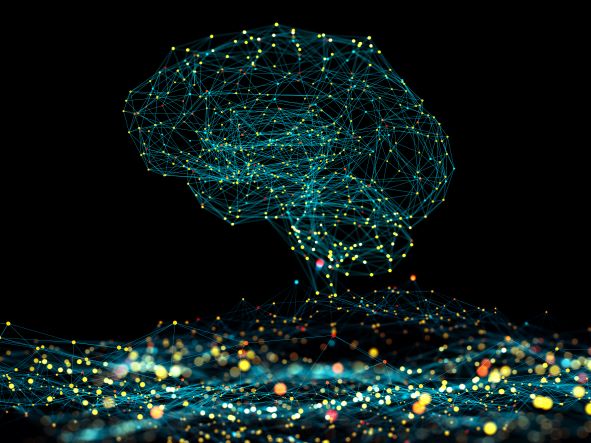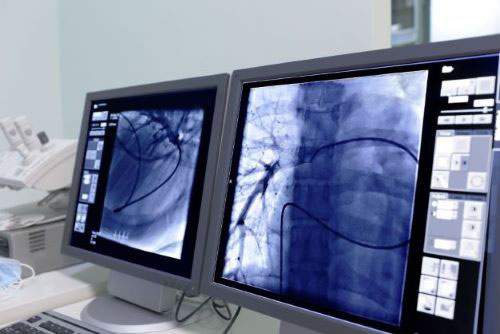Brain plasticity can be defined as the ability of the nervous system to change its activity in response to intrinsic or extrinsic stimuli by reorganizing its structure, functions, or connections.…
read moreTo address biomedical data analysis tasks by learning from noisy, limited, or imprecise expert annotations, researchers have recently started to develop weakly-supervised deep learning (WSDL) techniques, which are of great…
read more‘In silico’ modeling or computational modeling is the use of computers to simulate complex systems using mathematics, statistics, physics, and computer science. In biomedical engineering, computational modeling simulates human biology…
read moreFor many diseases, imaging has become an essential component of both initial diagnosis and continued monitoring of response to therapy. The availability of real-time imaging – in part made possible…
read moreAuthor (s): Yuqi Jiang; Cecilia K. W. Chan; Ronald C. K. Chan; Xin Wang; Nathalie Wong; Ka Fai To; Simon S. M. Ng; James Y. W. Lau; Carmen C. Y. Poon Objective: Colorectal cancer (CRC) patients…
read moreGraphs are a representation form that have shown to be very useful to describe the geometric structure of biomedical network-structured data. Weights, associated to edge in the graph, often represent…
read moreOver two decades of human spaceflights on the International Space Station (ISS) have strengthened our connection with space. Many advances in healthcare got their start with astronauts. Over the years,…
read more





